Nickel 718 and Inconel 718 are widely recognized nickel-chromium-based superalloys known for their exceptional strength, corrosion resistance, and ability to perform in extreme environments. While they are essentially the same material, there are subtle differences in branding, quality control, and market perception.
Below is a comprehensive analysis of their similarities and differences across various aspects.
- Nickel Alloy 718: A generic term for a nickel-chromium alloy with high strength and excellent corrosion resistance. It is produced by various manufacturers worldwide.
Inconel 718: A trademarked name by Special Metals Corporation for the same alloy. It is known for its stringent quality control and consistency.
Huaxiao Metal Supplier has the inconel products for sale. Our company has the customerized services for any clients and the alloy has assurrance. Of course, we also provide the specialized solutions for sloving every alloy problems.
Nickel Alloy 718 and Inconel 718
Nickel Alloy 718 / Inconel 718: A nickel-chromium alloy with excellent resistance to high temperatures, oxidation, and corrosion. It is widely used in industries such as aerospace, chemical processing, and nuclear engineering.
Also, our company has other products, such as hastelloy, monel, incoloy, precision and titanium alloy.
Inconel 718 Product Forms
Chemical Composition
Both alloys have identical chemical compositions, as shown below:
| Element | Nickel Alloy 718 (Approximate Range) | Inconel 718 (Typical Composition) |
|---|---|---|
| Nickel (Ni) | 50%-55% | 50%-55% |
| Chromium (Cr) | 17%-21% | 17%-21% |
| Iron (Fe) | Balance (typically 15%-20%) | Balance (typically <17%) |
| Niobium (Nb) | 4.75%-5.5% | ~5% |
| Molybdenum (Mo) | 2.8%-3.3% | 2.8%-3.3% |
| Titanium (Ti) | 0.65%-1.15% | ~1% |
| Aluminum (Al) | Trace to small amount | Small amount (e.g., 0.0055%) |
| Carbon (C) | Trace | 0.0025% (or trace) |
| Manganese (Mn) | Trace | 0.0006% (or trace) |
| Silicon (Si) | Trace | 0.0004% (or trace) |
| Cobalt (Co) | May be present in small amounts | Not typically listed as a major component but may be present |
| Other Elements (Cu, P, S, B, etc.) | Trace amounts of various other elements may be present | Trace amounts of various other elements may be present |
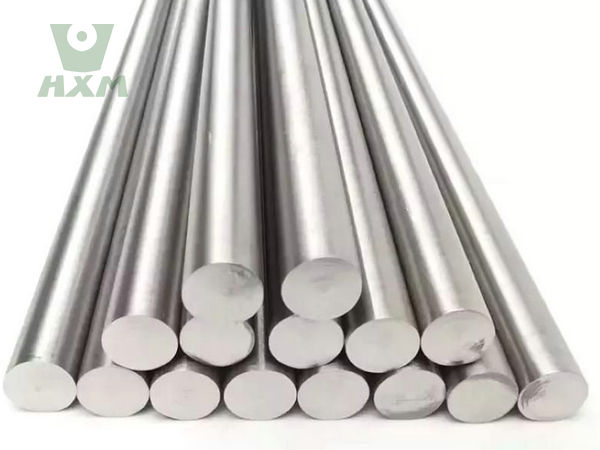
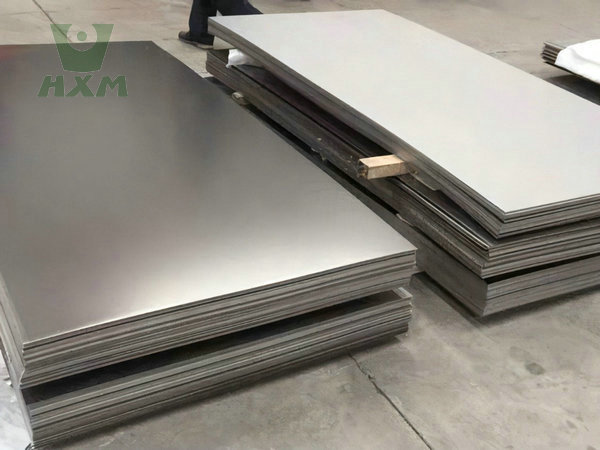
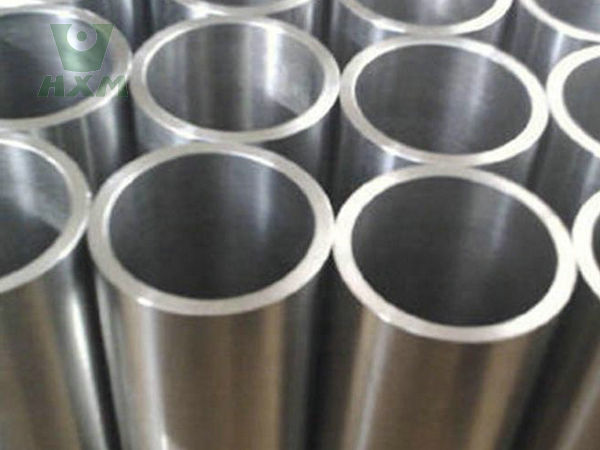
Key Observations
Identical Composition: The chemical composition of Nickel Alloy 718 and Inconel 718 is identical, as they refer to the same material. The only difference lies in the branding and quality control standards associated with the Inconel name.
Strengthening Elements: Both alloys contain niobium, titanium, and aluminum, which form gamma prime (γ’) and gamma double prime (γ”) precipitates, providing exceptional strength and creep resistance at high temperatures.
Corrosion Resistance: The high chromium and molybdenum content in both alloys ensures excellent resistance to oxidation, pitting, and crevice corrosion in harsh environments.
Low Impurities: Elements like carbon, phosphorus, and sulfur are kept to a minimum to enhance weldability and prevent embrittlement.
Mechanical Properties
Both alloys exhibit the same mechanical properties due to their identical composition:
| Property | Value |
|---|---|
| Tensile Strength | 1240–1790 MPa (180–260 ksi) |
| Yield Strength | 1030–1410 MPa (150–205 ksi) |
| Elongation | 12–20% |
| Hardness (Rockwell C) | 35–45 HRC |
| Density | 8.19 g/cm³ (0.296 lb/in³) |
| Melting Point | 1260–1340°C (2300–2445°F) |
Corrosion Resistance
Both materials exhibit excellent corrosion resistance due to their high nickel and chromium content:
Oxidizing Environments: High chromium content provides resistance to oxidation and scaling at high temperatures.
Reducing Environments: Molybdenum and niobium enhance resistance to pitting and crevice corrosion.
Stress Corrosion Cracking (SCC): Both alloys are resistant to SCC in chloride and sulfide environments.
Inconel 718 Advantages and Limitations
Inconel 718, a nickel-chromium alloy, is renowned for its exceptional properties and widespread applications across various industries. This alloy, initially developed for the aerospace industry, has become a material of choice for numerous high-performance applications due to its unique advantages. However, like any material, it also has certain limitations.Huaxiao Metal Manufacturer is professional and experienced in China, our company has over 10 years in alloy industry, which we are reliable and creditable, and our products are good quality in producing carefully to control quality. Service are personalized for every customer and providing the customerized solutions for the any problems.
| Category | Advantages | Limitations |
|---|---|---|
| Strength | High strength suitable for extreme conditions. | High cost due to complex composition and specialized manufacturing. |
| Corrosion Resistance | Excellent corrosion resistance to acids, alkalis, and chloride ions. | Susceptible to specific types of corrosion like pitting or crevice in certain environments. |
| Temperature Range | Maintains mechanical properties over a wide temperature range (cryogenic to 700°C). | Has specific upper temperature limits; properties may degrade above these limits. |
| Weldability | Good weldability with resistance to post-weld cracking. | Machining difficulty due to high strength and work-hardening characteristics, requiring specialized tooling and coolants. |
| Versatility | Versatile for use in aerospace, energy, oil and gas, medical, and other industries. | – |
| Mechanical Properties | Outstanding creep-rupture strength and fatigue resistance. | – |
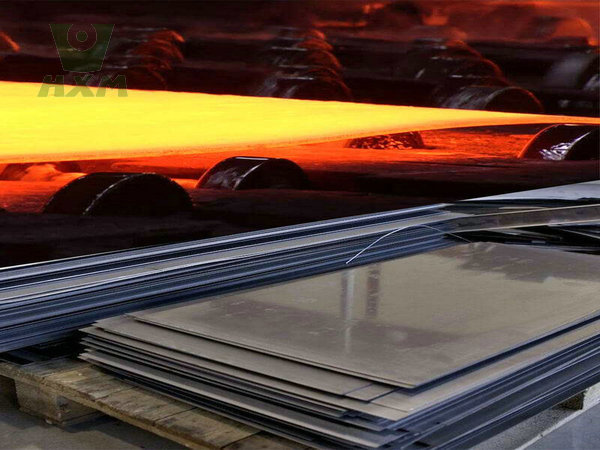
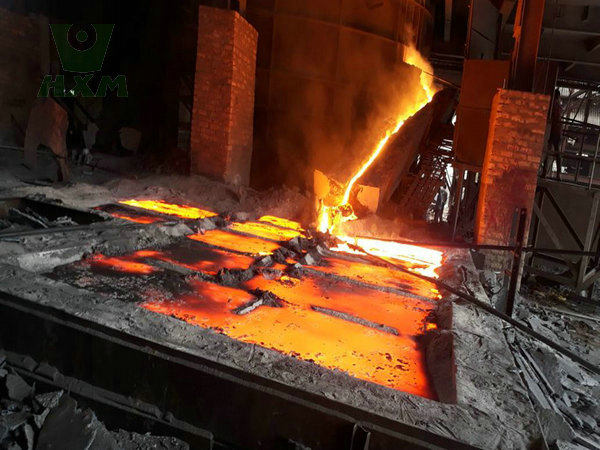
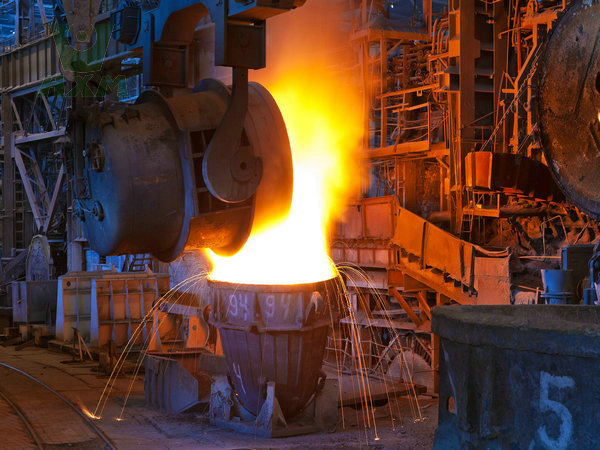
Fabrication Machining Characteristics
Both materials share the same fabrication challenges and techniques:
- Welding: TIG, MIG, and plasma arc welding are commonly used. Post-weld heat treatment is often required to relieve stresses.
Machining: Requires carbide or ceramic tools, slow speeds, and high feed rates. Coolants are essential to prevent overheating.
Forming: Can be cold or hot formed, but hot forming is preferred for complex shapes.
Heat Treatment: Solution annealing at 955–1010°C (1750–1850°F) followed by rapid cooling is standard.
Similarities
Chemical Composition: Identical.
Mechanical Properties: Identical.
Corrosion Resistance: Identical.
Applications: Used interchangeably in the same industries.
Fabrication: Similar techniques and challenges.
Differences
| Aspect | Nickel Alloy 718 | Inconel 718 |
|---|---|---|
| Branding | Generic term used by multiple manufacturers. | Trademarked name by Special Metals Corporation. |
| Quality Control | May vary depending on the manufacturer. | Strict quality control under the Inconel brand. |
| Market Perception | Often perceived as a cost-effective alternative. | Perceived as a premium product due to brand reputation. |
| Availability | Widely available from various suppliers. | Primarily supplied by Special Metals and licensed distributors. |
Nickel Alloy 718 and Inconel 718 Applications
Both Nickel Alloy 718 and Inconel 718 are used in demanding applications, including:
- Aerospace: Turbine blades, engine components, and rocket motors.
Oil and Gas: Downhole tools, valves, and wellhead components.
Power Generation: Gas turbines, nuclear reactors, and heat exchangers.
Chemical Processing: Reactors, pumps, and piping systems.
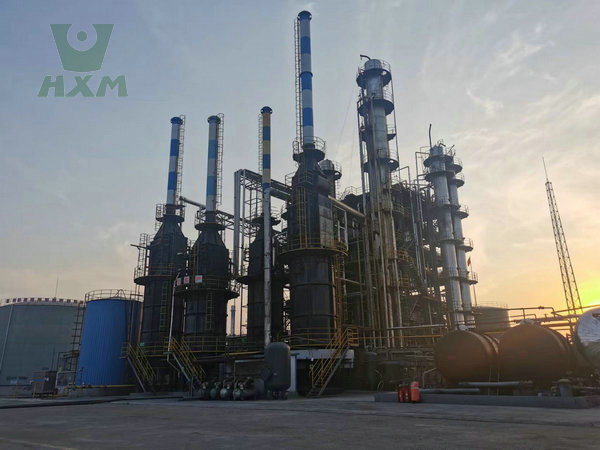
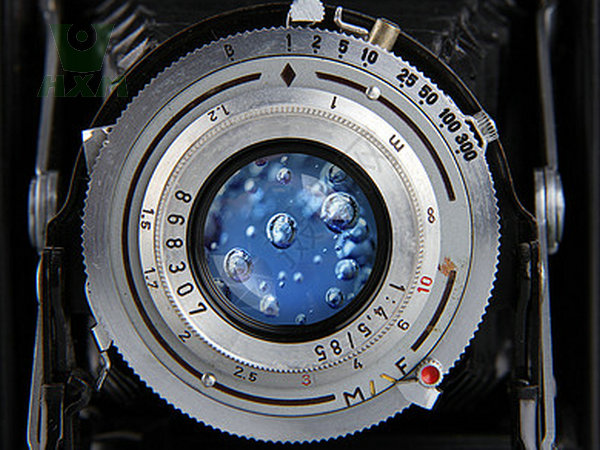

In Conclusion
Nickel Alloy 718 and Inconel 718 share the same chemical composition, making them functionally identical in terms of performance and applications. The choice between the two often comes down to branding and quality assurance, with Inconel 718 being the trademarked version produced by Special Metals Corporation. Both alloys are highly valued for their strength, corrosion resistance, and versatility in extreme environments.Huaxiao Metal Supplier has the complete system for customers to services for sale, which our company is professional alloy top of manufacturer in China.
Nickel Alloy 718 and Inconel 718 are functionally identical in terms of chemical composition, mechanical properties, and performance. The primary differences lie in branding, quality control, and market perception. While Nickel Alloy 718 is a generic term used by multiple manufacturers, Inconel 718 is a trademarked product known for its stringent quality standards. Both alloys are highly valued for their strength, corrosion resistance, and versatility in extreme environments, making them indispensable in industries such as aerospace, oil and gas, and power generation.If you have any qusestions , welcome to inquiry to our company. We have the professional team for you offer the complete solutions.
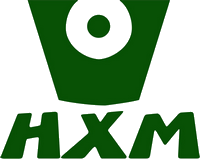
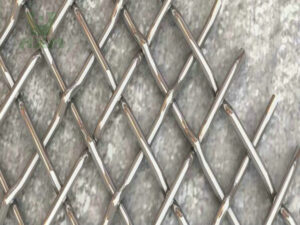
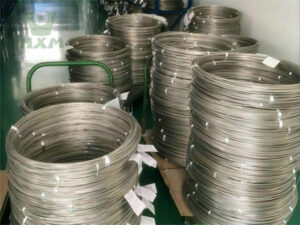
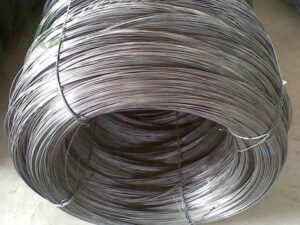
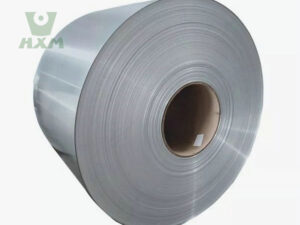
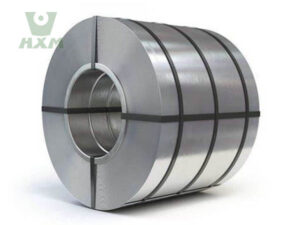
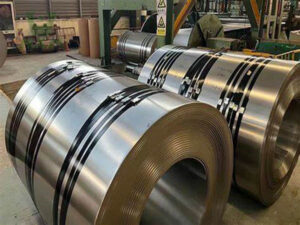
 Arabic
Arabic Dutch
Dutch English
English French
French German
German Italian
Italian Japanese
Japanese Korean
Korean Portuguese
Portuguese Romanian
Romanian Russian
Russian Spanish
Spanish